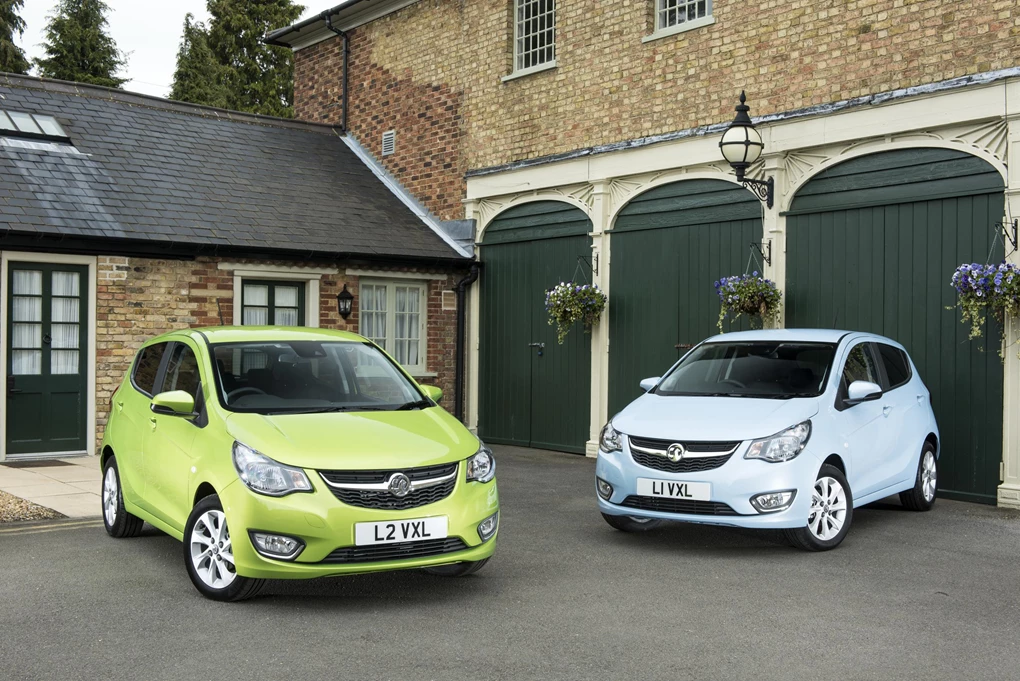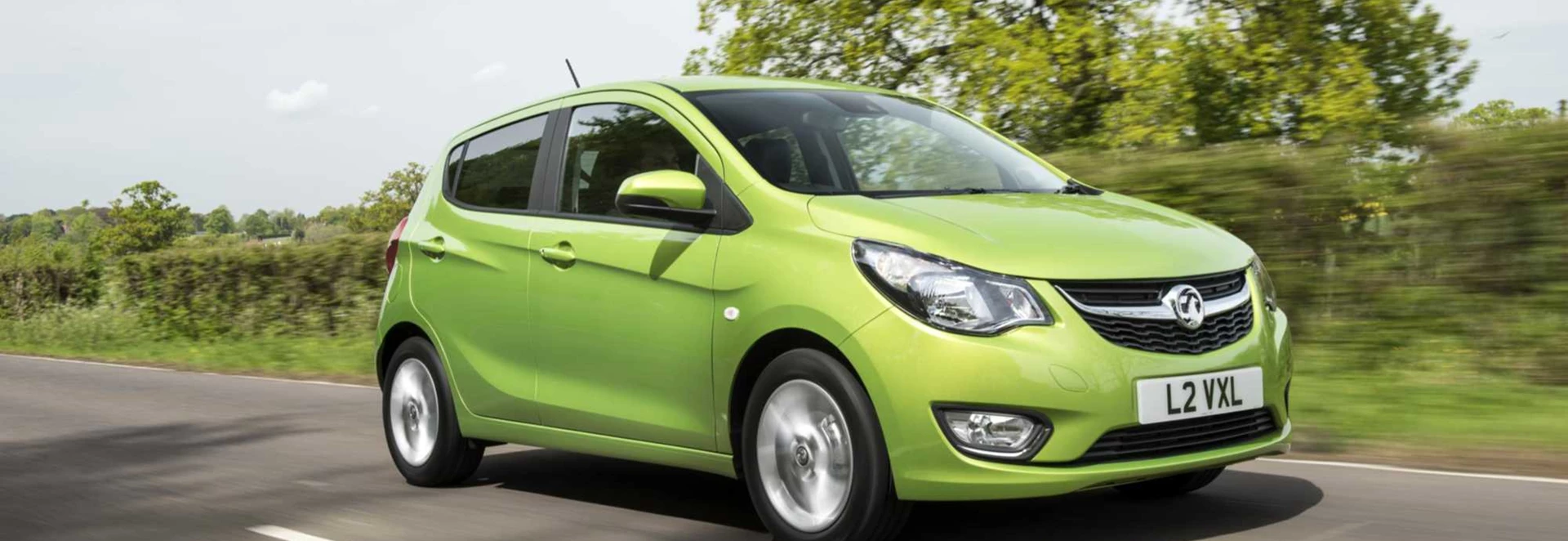With the tagline, “Just like the old Viva, but completely different”, it is easy to see why some may be confused by the return of the Viva name. What Vauxhall is saying is; just like the original Viva, its latest addition will be all about affordability.
So, what is it? It is a five-door city car that sits below the ADAM and Corsa in the Vauxhall range. The carmaker says that it offers a friendly look and will appeal to 45-50 year olds as well as those 25 and under looking for their first car.
But as many will already know, the city car segment is crowded to say the least. So let’s see how it compares to the likes of the Volkswagen Up! and Hyundai i10.
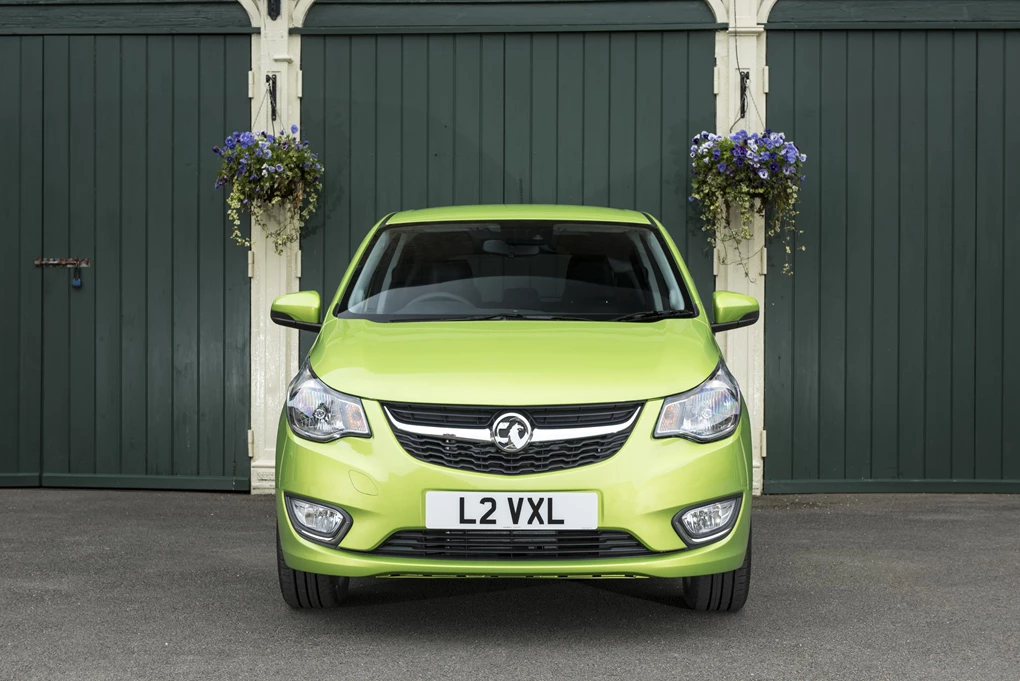
Performance
There is just one engine on offer in the Viva range, a naturally-aspirated 1.0-litre 74bhp ECOTEC petrol with three-cylinders.
The omission of a turbocharger here does not feel an issue at all as there is more than enough power for inner and outer city driving. The only time it struggles slightly is overtaking at motorway speeds, but if you are after a Viva then you are unlikely to be totting up many motorway miles.
Peak pulling power is at 4,500rpm, so it will require some thrashing before you get the most out of it. The five-speed manual gearbox is smooth enough though and will serve you well around city streets.
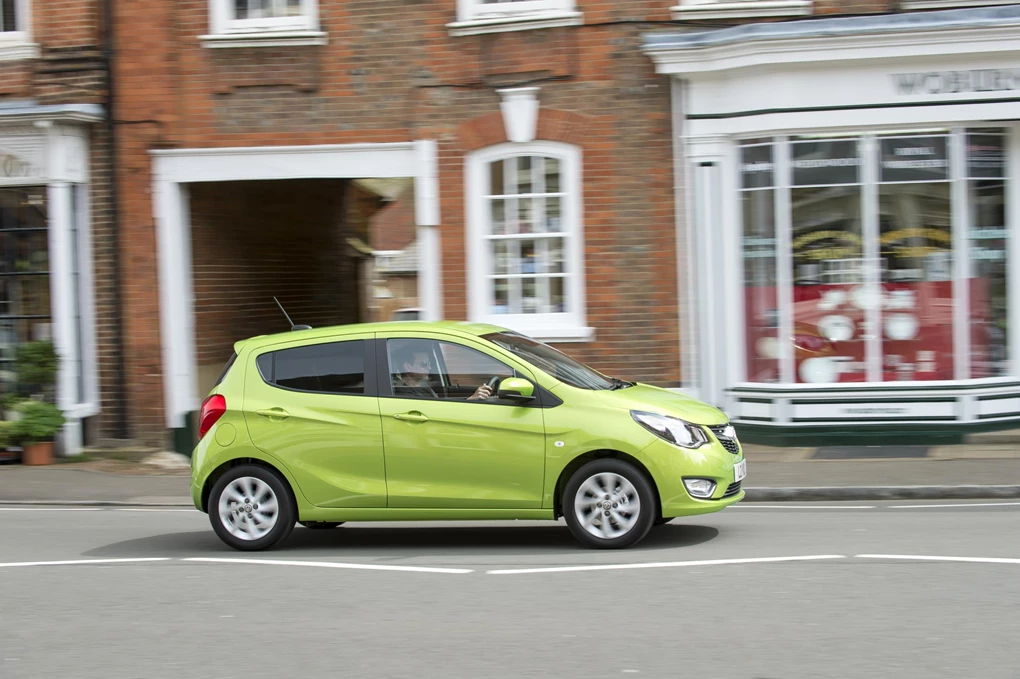
Ride and Handling
The City Mode does its job really well as it lightens up the steering and yet remains sharp, making awkward manoeuvres easier to handle.
The steering is nicely weighted and accurate, meaning even twisty roads can be fun, and the suspension offers a balance between soft and firm. This balanced suspension means that it is happy enough pottering about the city but it doesn’t sway into corners with masses of body roll. The City Mode does its job really well too as it lightens up the steering and yet remains sharp, making awkward manoeuvres easier to handle. At motorway speeds, road and wind noise is evident – pretty standard with a city car – and may require passengers to speak a little louder than usual. The i10 is better in this respect, due to the added insulation it offers around its door seals.
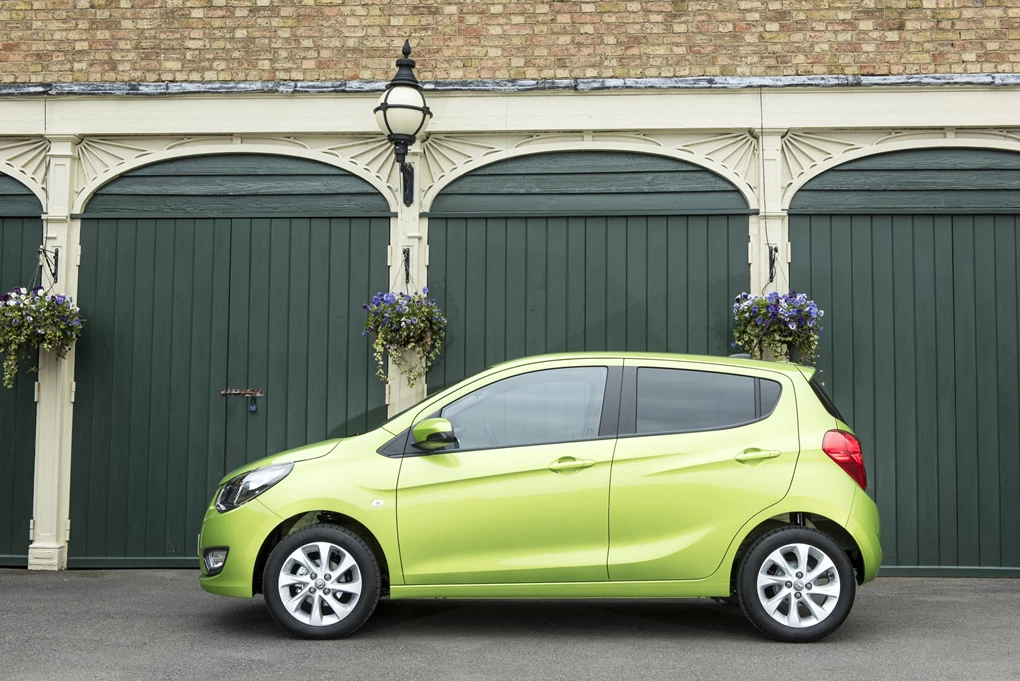
Interior and Equipment
Outside of the UK, the Vauxhall Viva goes by the name of the Opel Karl.
There are certainly clear pros and cons when it comes to equipment in the entry-level Viva SE. Pros include cruise control, lane departure warning and steering wheel-mounted controls. Cons include no air-con or Bluetooth – although these are rarities on base models in the city car segment. You can upgrade to the SE (a/c) if you really want air-con, but that costs £500. Move up to the SL model and you get Bluetooth, USB connectivity, a leather-covered steering wheel and dark tinted windows. Most people can live without these features, which is why Vauxhall expects SE models to be the best selling. Interior quality is very impressive and it appears more like a supermini than a city car. The dashboard layout is simplified and features lots of shiny black gloss (reminiscent of recent Peugeot’s and their decluttering philosophy), and although there are still lots of scratchy plastics to boot, the cabin feels rather cosy. The lack of reach however in the steering column means it can be tricky to get comfortable. Room for rear passengers is par for the course, in terms of leg room that is. Head room on the other hand is particularly plentiful. Boot space is a tad behind other city car rivals such as the Volkswagen Up! (251 litres), with 206 litres on offer. Big enough for a small amount of shopping bags, but that’s about it. Fold the seats down, however, and there is 1,031 litres on offer – bigger than the VW Up! and its equivalent max load space.
Cost
The most frugal option is the ecoFLEX model, which emits just 99g/km – meaning it is exempt from Vehicle Excise Duty (VED).
Its entry-level price tag of just £7,995 really makes it shine in the city car segment, undercutting the likes of the VW Up!, Hyundai i10 and Peugeot 108. Running costs are pretty good as well, with the entry-level 1.0-litre petrol claiming to return just over 60mpg (low 50s is more realistic) and emitting 104g/km of CO2. The most frugal option however is the ecoFLEX model, which emits just 99g/km – meaning it is exempt from Vehicle Excise Duty (VED).
Our Verdict
We’re not quite sure we can see 45-50 year olds rushing out to buy this, but Vauxhall seems to think they will. Appealing to newly qualified drivers looking for their first car on the other hand? Yes, we can definitely see the appeal. It’s cheap to buy, the interior looks smart and it is surprisingly nippy. The fact that the 1.0-litre isn’t turbocharged also means that insurance premiums should be lower – good news for younger drivers. This first-gen model is a brilliant starting point for Vauxhall to grow in the city car segment. It doesn’t do anything drastically different to the competition, but it should certainly make your shortlist of potential city cars.
